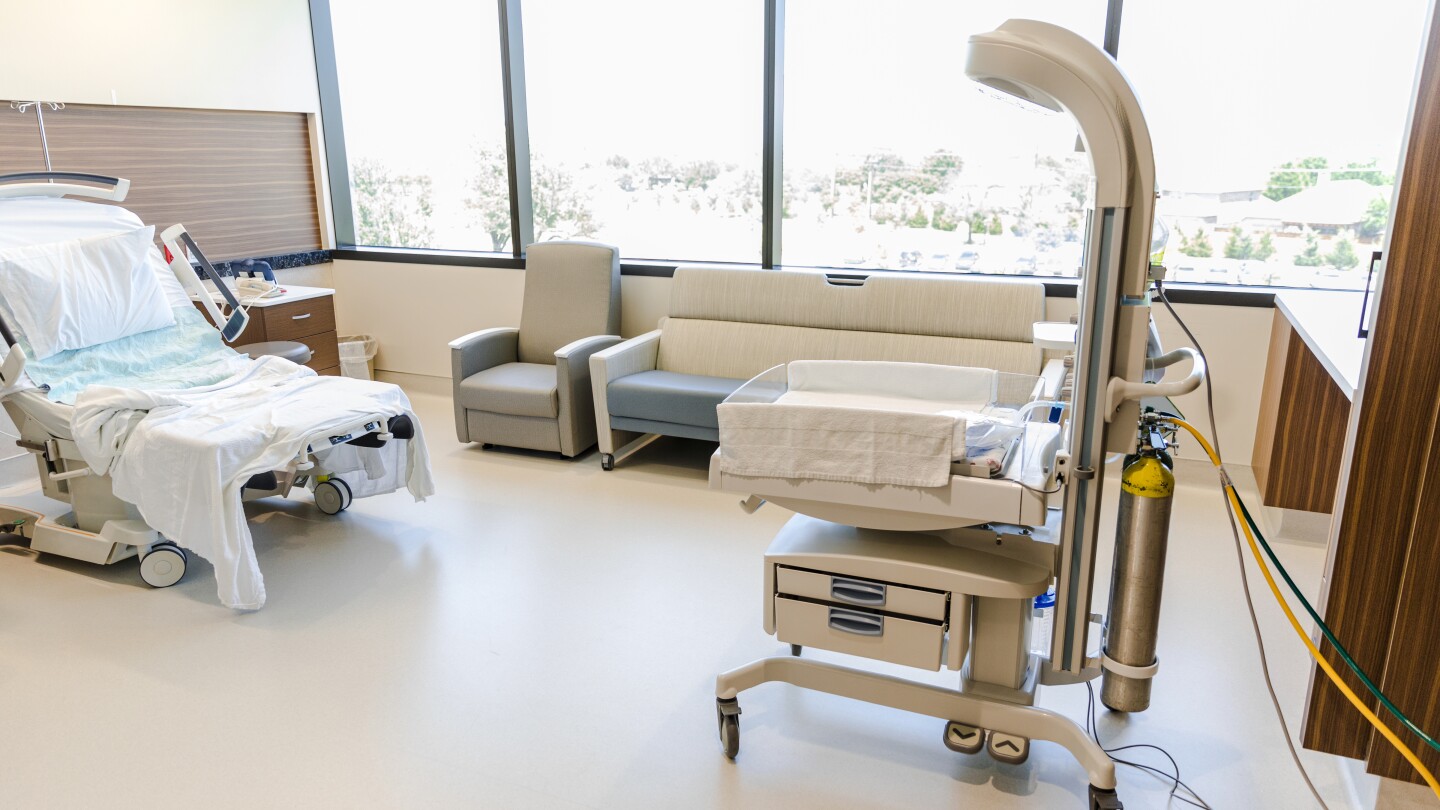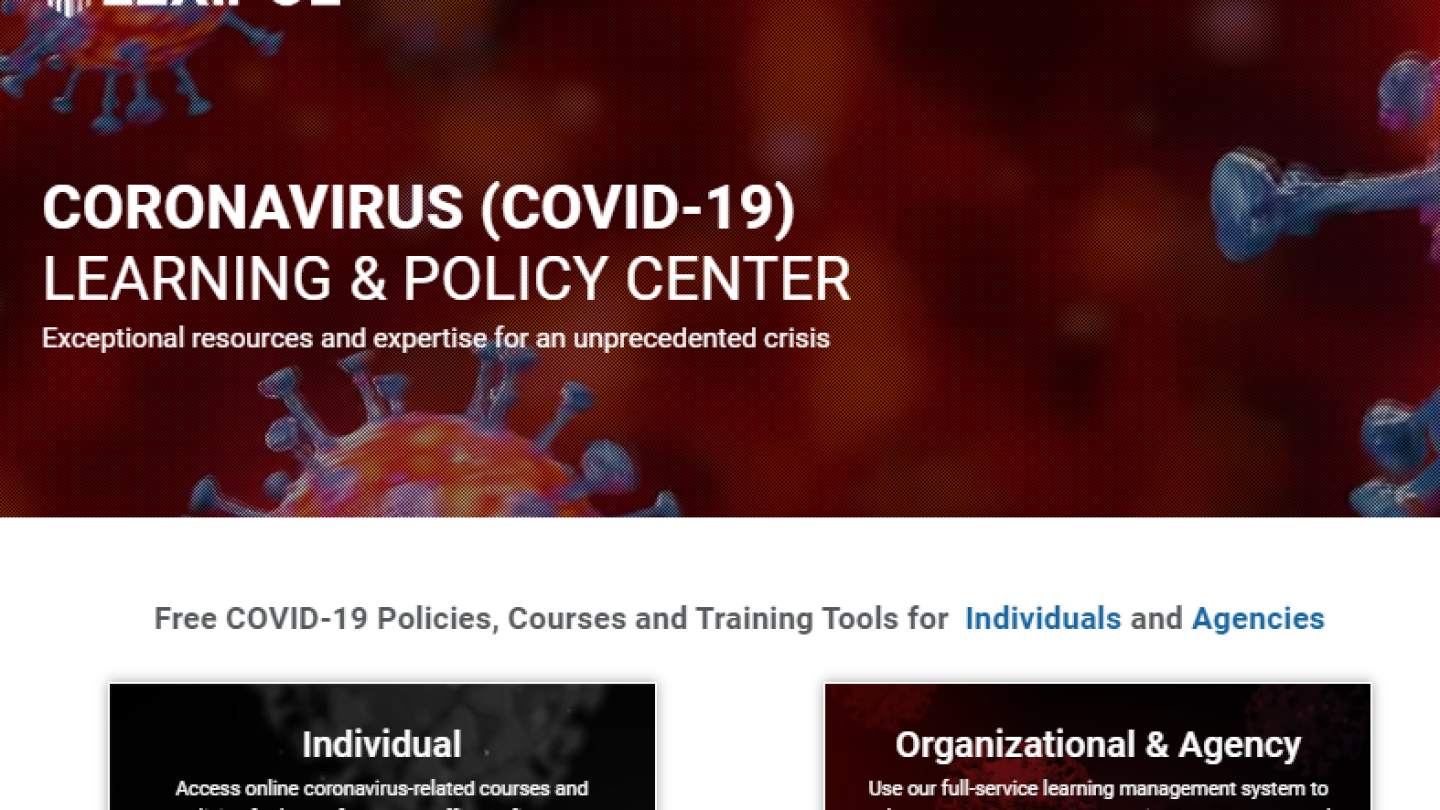Corrections Training
Corrections training is essential for equipping staff with the skills and knowledge to manage inmates effectively and maintain facility security. This directory offers articles on various training programs, techniques, and best practices within the correctional system. Proper corrections training ensures that officers are prepared to handle the challenges of their roles, promoting safety and professionalism. Explore our section on additional career development resources.
This review of the assault of officers at a maximum-security facility in Massachusetts offers vital lessons for preventing future attacks on correctional officers by inmates
Learn how inmate privacy violations, as officers observed an inmate’s naked body during childbirth, led to a lawsuit in Brown v. Dickey
You can never have too much insight; check out these six must-read corrections books
The Center provides free access to COVID-19-related courses, policies, articles and learning management tools
It is important to condition yourself to think about ways to keep a reactionary gap between you and the inmates
Nearly 20 inmates have taken the training to administer naloxone; those who participate will receive a rescue kit when they leave the jail
Environmental awareness training is key to decreasing employee turnover and increasing retention in corrections
If a staff member makes a mistake, leadership should give them the power to correct it
From policy development to ongoing training, here’s how to develop an effective correctional emergency response team
A video of a New Mexico tactical team ending an inmate riot in a jail pod demonstrates key points to consider in a training plan
During contact visitation, you are on surveillance detail, so stay alert and never become complacent
Retaliation will lead down a path that will destroy you
From jail booking to prison transport, the chance of an inmate attacking an officer is ever-present
Working direct supervision alone in a jail pod is not uncommon, but it is dangerous
In this episode of Tier Talk, Anthony Gangi and Luis Soto break down the recent attack of an officer by four inmates
A recent video of an attack on a CO underscores the importance of radio placement
Here are safety tips for dealing with the Rectangle of Death
Ego, tradition, indifference and bad judgment can allow inappropriate behaviors to become normalized
The academy process is key to building trust between officers that develops into confidence on the job
Debra Becnel was one of four St. Bernard deputies charged with deprivation of civil rights under color of law following the death of 19-year-old inmate Nimali Henry
When the pads of the GLOVE come into direct contact with human skin, it generates pain compliance
Read what the C1 team and our readership viewed as having the most significant impact on the profession in the last decade
From staff shortages to high-tech contraband, correctional officers faced many threats this year
Those tasked with performing high-risk transports should have a mastery of the basics before being given assignments with an added element of risk
Inmate transport is the weakest link in our inmate chain of custody, so correctional facilities must provide the training and tools necessary for safe transport
The right mix of technology, training, situational awareness and effective oversight can minimize both physical and liability risks
Understaffed and outnumbered, correctional officers manage inmates through the power of influence, respect and effective communication
Here’s how you can recognize and stop inmate manipulation
Why trading finger-pointing for constructive response keeps officers resilient and maintains morale
From dealing with hostile co-workers to avoiding manipulative inmates, new correctional officers face many challenges during their first few months on the job
The recognition goes a long way toward making staff feel appreciated




























